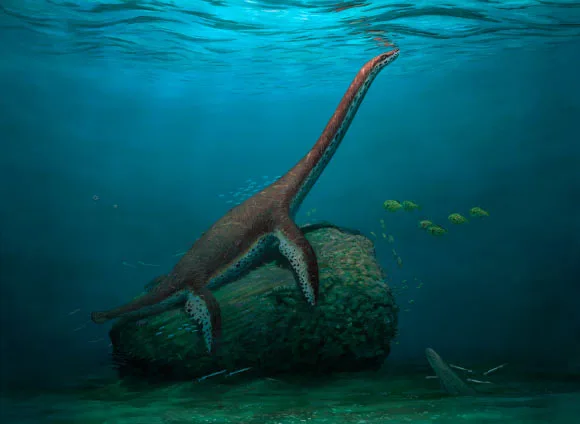 |
| Two fossilized skeletons of a completely new species of sea monster have been found in the state of Bavaria, Germany. This "sea monster " has been named Franconiasaurus brevispinus and belongs to a completely new genus. The two specimens are about 175 million years old, living in the Early Jurassic period of the Jurassic period. |
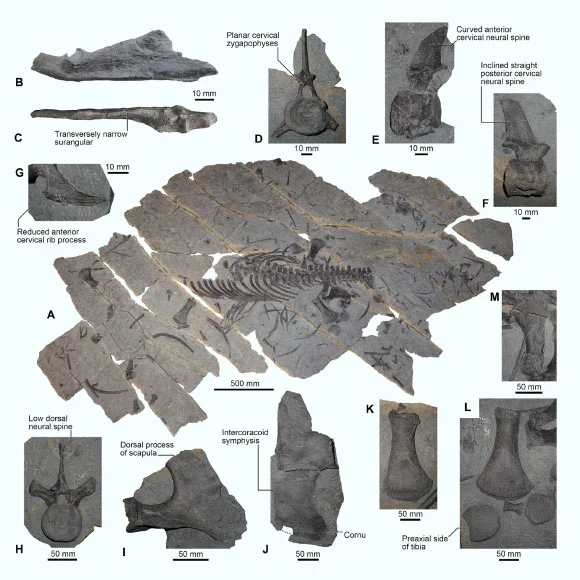 |
| The study, published in the journal Frontiers in Earth Science, found that the transition between the Early Jurassic and Middle Jurassic geological epochs had a profound impact on three major lineages of pterosaurs, including the Rhomaleosauridae lineage that went extinct about 161.5 million years ago. |
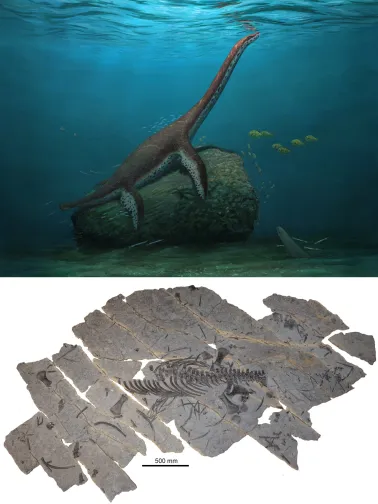 |
| The species Franconiasaurus brevispinus exhibits a combination of features of the first pterosaur on Earth with many later species. |
 |
| This creature also reminds many scientists of the Loch Ness monster . |
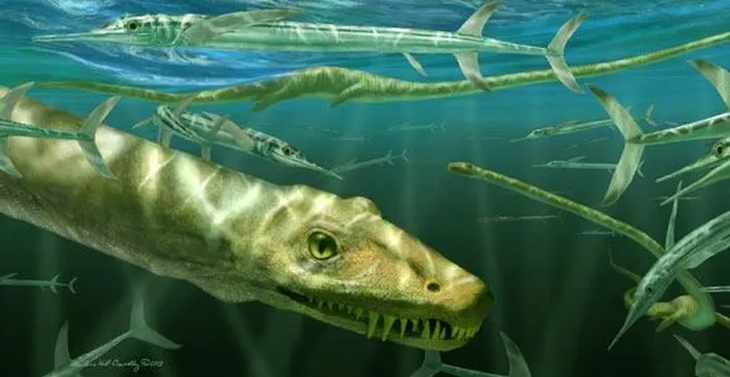 |
| Two of their fossilized skeletons were excavated from an abandoned clay quarry in the Bavarian town of Mistelgau. |
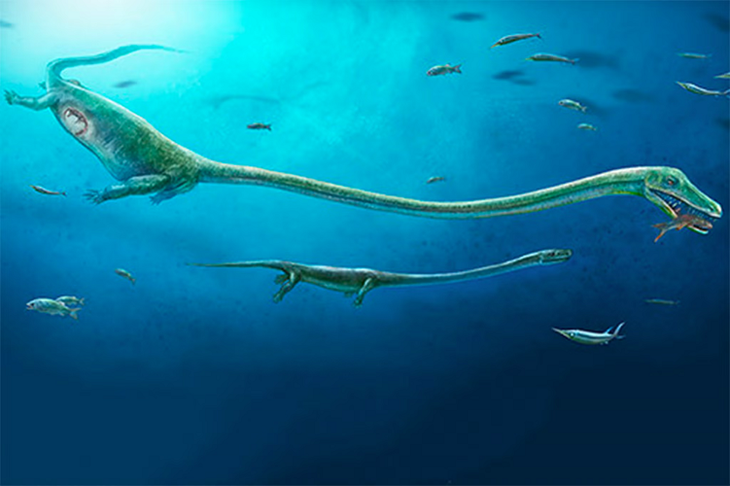 |
| Not long ago, in Guizhou Province, China, in the Gualing Formation, a strange creature was discovered in an ancient rock slab that had existed for 240 million years. The Chinese-German-British scientific team identified it as Dinocephalosaurus orientalis, a species of the most monstrous and primitive marine reptile in the dinosaur world . |
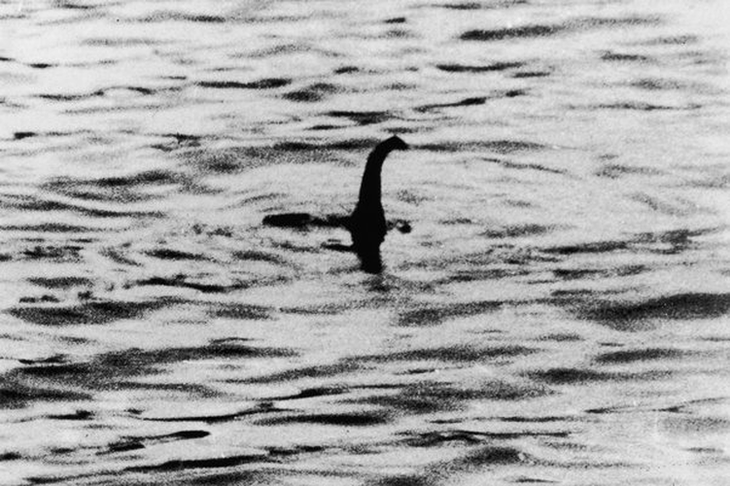 |
| The monster has a 6-meter-long body with 32 separate vertebrae, and has sharp, dense teeth, mainly used to catch fish. The creature is reminiscent not only of dragons but also reminds many scientists of the Loch Ness monster and the ancient group of plesiosaurs . |
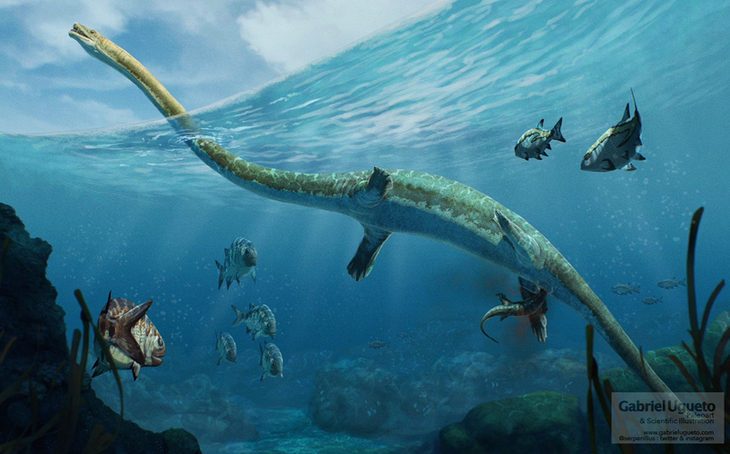 |
However, analysis has shown that it is not related to these species. This discovery has opened up new discoveries about the strange world of the Triassic period, leaving paleontologists even more confused.
|
Dear readers, please watch more videos: Discovery of a "monster" with a bird's head and a dinosaur's tail, shocking the entire archaeological world.










![[Photo] Vice President Vo Thi Anh Xuan, French President Emmanuel Macron and his wife visit Hanoi University of Science and Technology](https://vphoto.vietnam.vn/thumb/1200x675/vietnam/resource/IMAGE/2025/5/27/267b6f2bdf3e46439f081b49f6ec26b1)
![[Photo] Hungarian President begins official visit to Vietnam](https://vphoto.vietnam.vn/thumb/1200x675/vietnam/resource/IMAGE/2025/5/27/ab75a654c6934572a4f1a566ac63ce82)


























































































Comment (0)